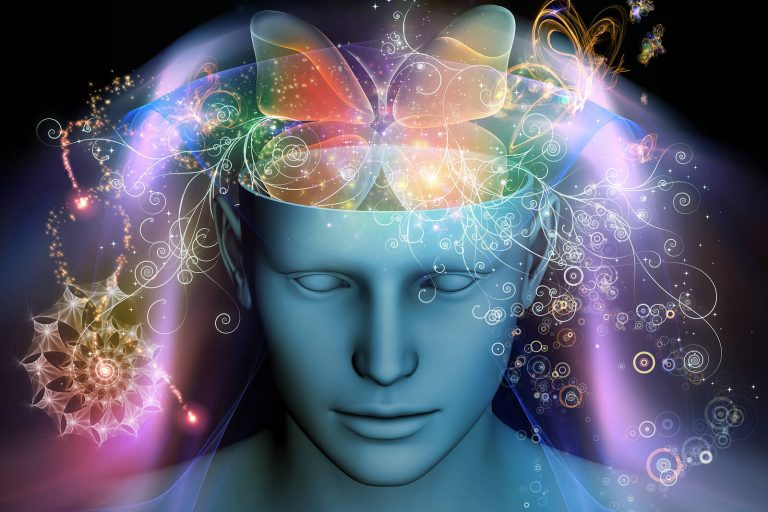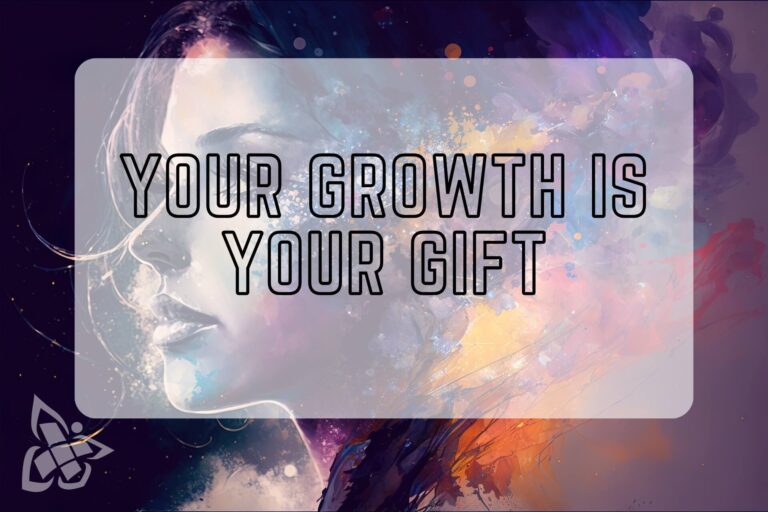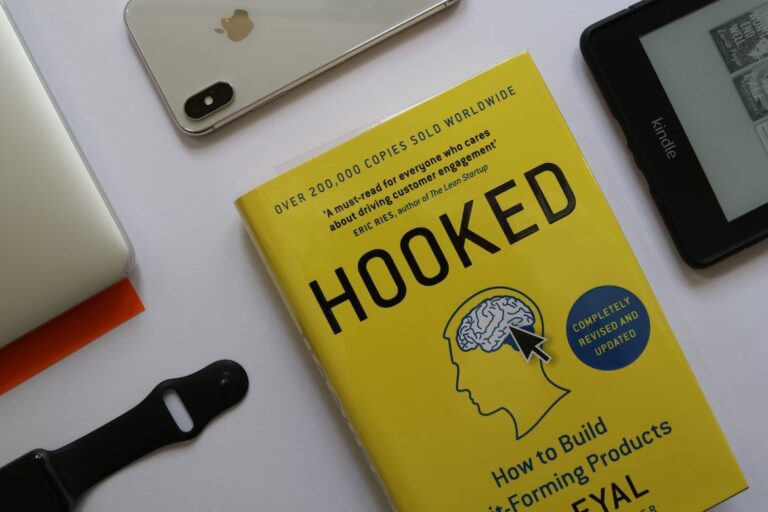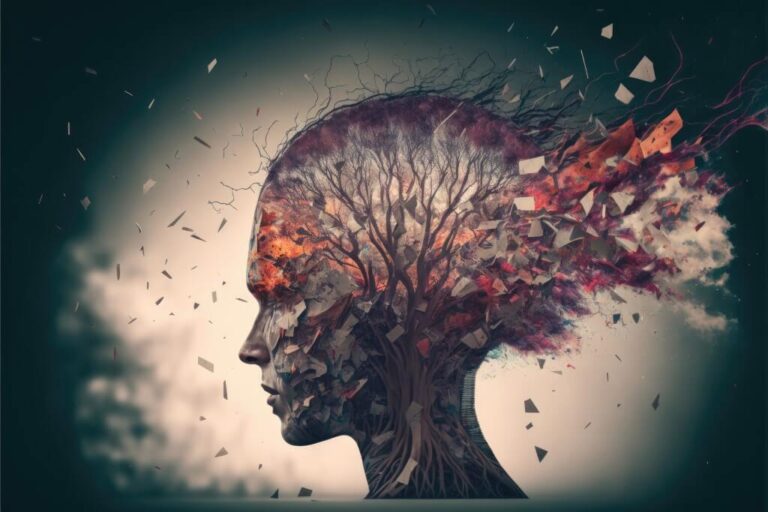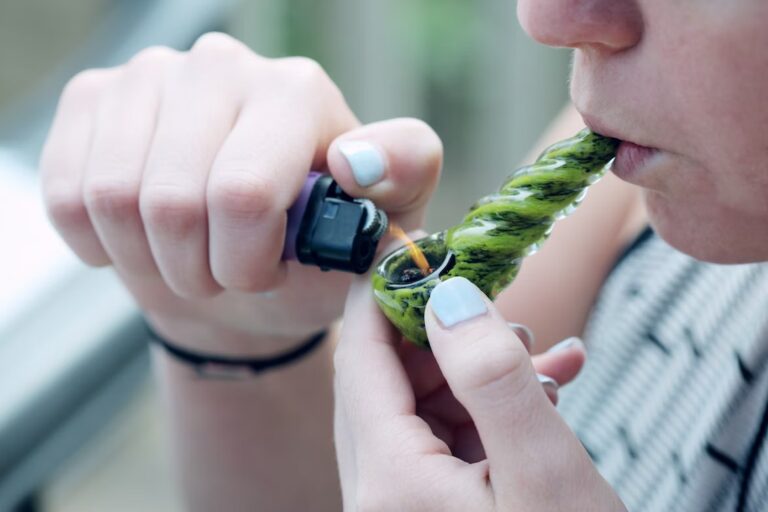Alcohol and drugs are often discussed separately. However, both are mind and body altering substances. The main distinguishing feature of alcohol is that, in contrast to illegal drugs, it is socially acceptable and legal in most countries.
South Africa's Best Drug & Alcohol Therapy Centres
Alcohol and drug addiction are behaviours-related disorder caused by inabilities to regulate emotional turmoils. Psychoactive chemicals overtime affect mental processes like mood, perception, memory and inhibition. They become habit forming as they temporarily create a sense of wellbeing, yet the body and mind become dependent on “feeling ok again” which in turn leads to long term acceptance of day to day cycles that include substances to mediate emotional turmoils.
Psychoactive substances cause many psucological behaviour changes while a person is under the influence. Person experiences pleasant feelings on the substance, and negative feelings when the substance is removed. Thus the association is formed in the mind that the substance is doing more good than harm, which is why the mind allows the cycle to continue. Even if we cognitively recognise that the substance is doing more harm than good, subconciously it is not seen this way.
Long term substance use disorders lead to permanent damage and that dammage can distort the recovery process as neural pathways form to continually follow subconcious routine that includes the substance. These pathways are most evident in the format of defence mecanisims, denial and avoidance routines that entrench to protect the continuation of the relief seeking cycle.
As tolerance develops, larger more frequent doses reach the same desired effect but are exponentially more damaging compound the process. This “snowballing” effect accelerates into deeper cycles of addiction.
Understanding that the role of physical withdraw coupled with, psycological withdraws are not the only components in play.
The subconcious association of the substance being a “safe”, “reliable”, “relationship” to ease emotional pain would mean that removing the substance would be result in a deep sense of personal loss and grief.
While the physical withdrawl may only be a short lived process in reality; The subconscious creates a false impending fear that withdrawl could be life threatening.
That threat is reinforced as soon as the withdrawl process starts and the physical symptoms emerge. The sub-concious mind does not see the substance as a risk to health or a point of self destruction. Which is why it is so hard for people that are not addicted to a substance to understand why a person addicted to a substance would continue doing that to themselves.
The subconcious mind actually just sees the substance as a person that helps, it does not make a distinction between the substance and any other relationship.
When the substance is taken away the minds natural responses kick into a natural mode of “seeking”, “searching” or “pannic” also known as anxiety. This is an involentary response and perfectly natural response as anyone faced with losing an actual human relationship may follow similar patterns of denial, seeking, pannic, loss and grief.
Begin Your Recovery Today ![]() Click Here
Click Here
Lifestyle drugs
In healthcare terms “hazardous use” refers to a practice that is potentially harmful, but exists on a level that does not qualify it as highly dangerous.
Certain mind altering substances are legally and socially accepted as “lifestyle drugs”. Amongst these are; alcohol, caffeine, tobacco, over-the-counter drugs (pain killers, sleeping potions) and even plants used for traditional purposes.
Such lifestyle drugs can cause medical problems, but the negative effects of most of these drugs (with the exception of a few, such as alcohol) are minor compared to the more serious illegal drugs. Prescriptive medications bought on the black market, are also dangerous when abused.
Nobody becomes an addicted to a substance by choice. They get there, because:
- They are not aware of the real dangers.
- They are dissatisfied/unhappy with their environment.
- They are influenced by their peers / family / partners.
- They approach substances as an experimental.
- They believe they will be able to stop if it becomes a problem.
- They foster misguided perceptions of the process.
- They have emotional disorders – substances help them feel better, albeit temporarily.
- The first encounter is pleasant, so they continue.
- It becomes more than just a “social thing” – they start using it when alone.
- Tolerance develops – they have to take more to get the same effect.
- The withdrawal effects increase in severity and so does their intake.
- They progress through dependency to addiction.
- They lose control of the situation and run into serious problems in most areas of their lives.
- They resist all efforts to help themselves, fearing the withdrawals and the underlying emotions that drove them to abusing the substance in the first place.
- Some people have a generic (inherited) tendency to develop addiction more easily than other people. They do not know this until they are trapped in the cycle of addiction.
It is never too late. Anyone can start a process of recovery through professional intervention. This journey begins with understanding the core problems which drove them to seek relief through substances in the first place. People addicted to substances can recover and lead normal lives in recovery if they are ready to seek help.



